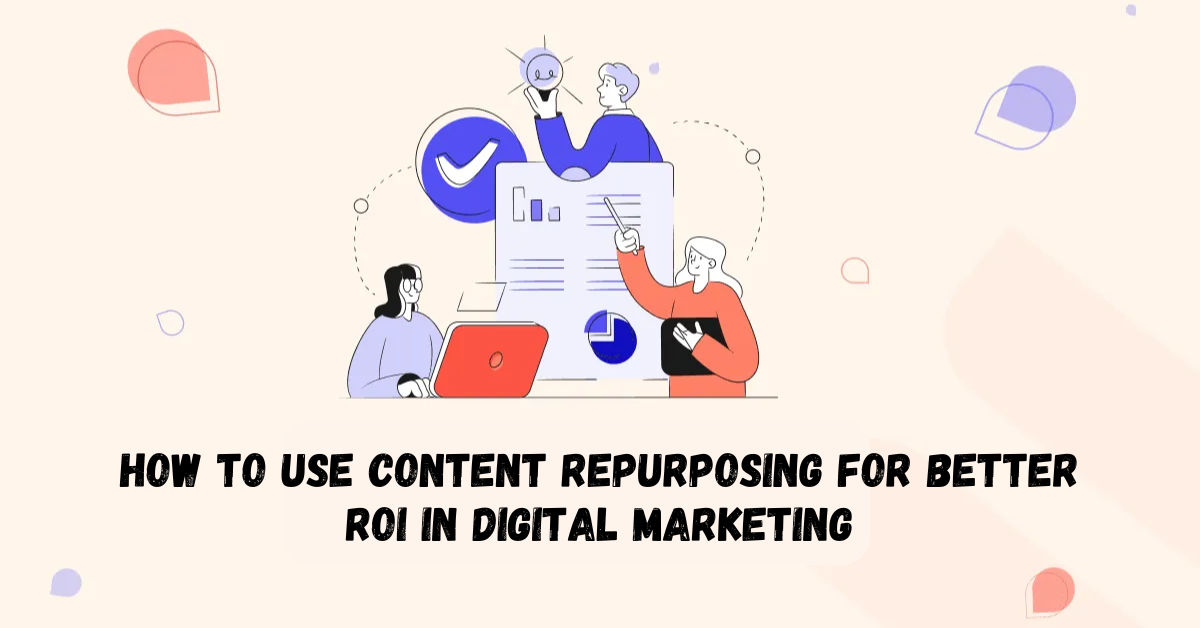In the highly competitive marketplace of today, brands need more than just a great product to stand out. The emotional connection a brand builds with its customers has become one of the most powerful drivers of consumer decision-making. Emotional branding is a strategy that focuses on creating this deep, emotional bond with consumers, influencing their preferences, loyalty, and ultimately, their purchasing decisions. When consumers feel a strong emotional connection to a brand, they are more likely to engage with it, advocate for it, and become lifelong customers.
This article explores the significant role of emotional branding in shaping consumer decisions, how brands leverage emotions to influence buying behavior, and the long-term benefits of creating a strong emotional connection with customers.
What is Emotional Branding?
Emotional branding is a marketing strategy that seeks to appeal to consumers’ emotions rather than just promoting the functional benefits of a product or service. It focuses on creating an emotional experience around the brand, which can result in a stronger, more lasting relationship between the consumer and the brand. This is achieved by tapping into the emotional needs, desires, and values of consumers, making them feel that the brand understands and resonates with them on a deeper level.
Unlike traditional marketing, which often highlights product features, emotional branding seeks to humanize the brand by associating it with specific feelings, such as happiness, trust, or nostalgia. These feelings can trigger emotional responses that influence a consumer’s perception of the brand and make them more likely to choose it over competitors.
By making consumers feel emotionally connected, brands can differentiate themselves in the crowded marketplace, ensuring that they are not just selling a product but also offering a meaningful experience.
How Emotional Branding Influences Consumer Decision-Making
Consumer decision-making is often influenced by a blend of logic and emotion. While consumers may rationally weigh the benefits and drawbacks of a product, their emotions play a critical role in guiding their final choices. Studies show that consumers are more likely to make purchases based on how a brand makes them feel, rather than simply focusing on the product’s attributes.
For example, a consumer may choose one brand over another not because it offers a superior product, but because the brand makes them feel understood, valued, or part of a community. This emotional connection is a powerful driver of brand loyalty, as consumers are more likely to stick with a brand that consistently evokes positive feelings. Theelitefirms, a leading branding consultancy, highlights how emotional branding has been instrumental in shaping the decisions of modern consumers. According to their research, brands that invest in emotional connections see stronger customer loyalty and higher lifetime value.
Brands can influence consumer emotions through storytelling, visual design, customer service, and the overall experience they offer. A strong emotional brand is able to create an environment where consumers feel connected to its mission, values, and personality, making it more likely for them to choose the brand over others in the market.
The Science Behind Emotional Branding
Emotional branding works because emotions are deeply intertwined with how people make decisions. Neuroscientific research has shown that emotions play a dominant role in shaping our perceptions and actions, often overriding logic in decision-making processes. When a brand triggers an emotional response, it creates a lasting impression in the consumer’s mind, making the brand more memorable and desirable.
For instance, when a brand creates an advertisement that evokes feelings of nostalgia, happiness, or excitement, it taps into the consumer’s emotional memory, reinforcing a positive association with the brand. These emotional connections often stay with consumers longer than the memory of a product’s features, which can be easily forgotten or overshadowed by competitors.
Emotional branding also taps into psychological needs, such as the desire for belonging, security, or personal fulfillment. By positioning themselves as more than just a product, brands can appeal to these intrinsic needs, creating a sense of identity and purpose for their customers.
Examples of Emotional Branding in Action
Many well-known brands have successfully implemented emotional branding strategies that have significantly influenced consumer decision-making. A notable example is Apple, a brand that has built a strong emotional connection with its customers by positioning itself as a symbol of creativity, innovation, and individuality. Apple’s advertising campaigns, product design, and customer service all work together to create an emotional experience that resonates with its audience, making them feel like part of an exclusive community.
Nike is another powerful example. Through its “Just Do It” campaign, Nike appeals to consumers’ aspirations, encouraging them to overcome challenges and push their limits. The brand’s messaging is designed to inspire feelings of motivation and empowerment, making consumers feel that Nike products are more than just athletic gear—they are tools that help them achieve their personal goals.
These emotional connections have helped Apple and Nike build incredibly loyal customer bases, proving that when consumers form an emotional bond with a brand, they are more likely to make repeat purchases and become brand advocates.
The Role of Storytelling in Emotional Branding
One of the most effective ways to build emotional connections is through storytelling. Stories have the power to engage people on an emotional level, making it easier for them to relate to a brand. By sharing authentic stories that reflect the brand’s values and mission, businesses can create an emotional narrative that resonates with consumers.
For example, brands that share stories of their impact on communities or their commitment to sustainability can evoke feelings of trust and admiration from socially conscious consumers. These stories give consumers a reason to care about the brand beyond its products, fostering a deeper connection.
Storytelling also helps humanize the brand, making it more relatable and approachable. When consumers see themselves reflected in the brand’s story, they are more likely to feel connected to it and more inclined to engage with it on an emotional level.
Building Brand Loyalty Through Emotional Branding
Emotional branding is a key factor in building brand loyalty, as it encourages consumers to form a deeper attachment to the brand. When consumers feel emotionally invested in a brand, they are more likely to return to it, even when competitors offer similar or cheaper products. This loyalty is rooted in the emotional connection they have with the brand’s identity, values, and overall experience.
Brands that succeed in building strong emotional connections with their customers often see higher customer retention rates and a greater willingness from consumers to recommend the brand to others. This loyalty is especially valuable in today’s market, where consumers are bombarded with options and are quick to switch to competitors if they feel no emotional attachment to a brand.
Final Thoughts
Emotional branding is a powerful tool in today’s consumer-driven world. It taps into the emotional side of consumer decision-making, creating lasting connections that go beyond the functional benefits of a product or service. By fostering emotional ties through storytelling, design, and a brand’s overall experience, businesses can build stronger relationships with their customers, leading to increased loyalty, advocacy, and higher conversion rates.
In an age where consumer choices are driven by more than just product features, emotional branding offers businesses a way to differentiate themselves and create meaningful, long-lasting connections with their audience. The brands that succeed in tapping into the emotional needs of their consumers are the ones that stand the test of time, building a legacy of loyalty and trust.




